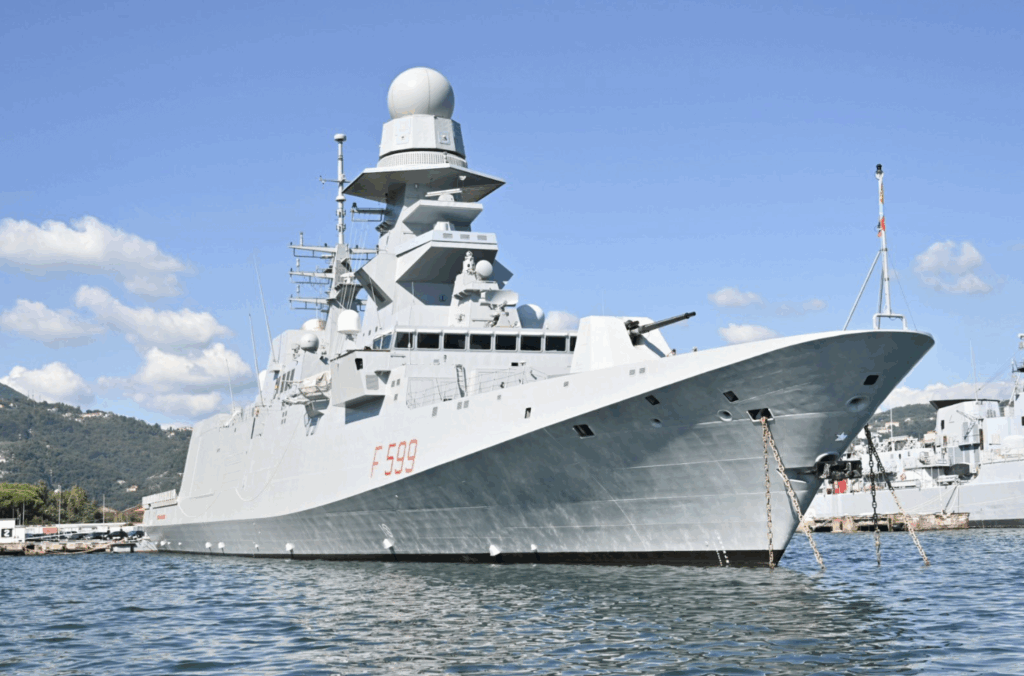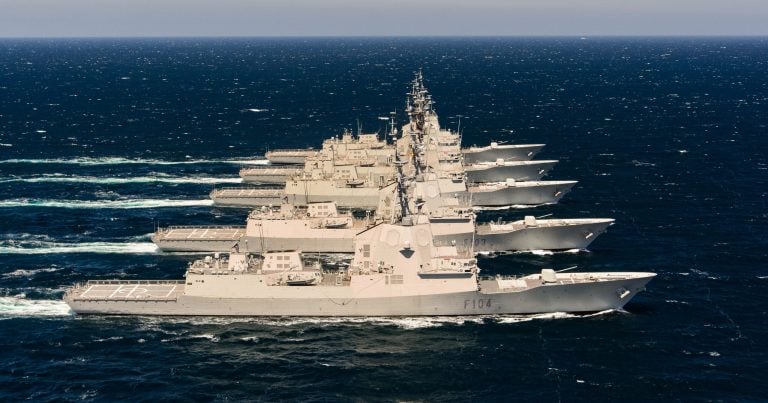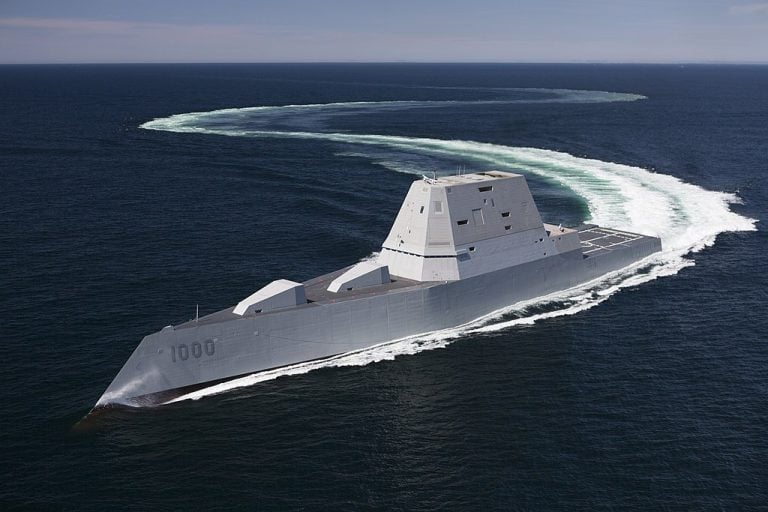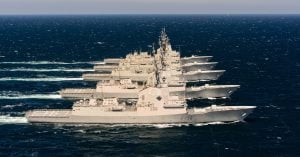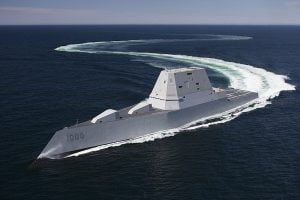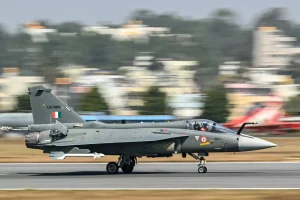Greece and Italy are enhancing their defense partnership through a significant naval agreement, enabling Athens to acquire two FREMM Bergamini-class frigates built by Italy. The deal was formalized in a declaration of intent signed by Greek Defense Minister Nikos Dendias and his Italian counterpart Guido Crosetto, which also opens the door for the potential purchase of two additional frigates in the future.
The FREMM, or Frégate Européenne Multi-Mission, is a collaborative design pioneered by Italy and France. The Bergamini variant, currently in use with the Italian Navy, is renowned for its versatility in various combat scenarios, including anti-air, anti-submarine, and anti-surface warfare operations. Equipped with sophisticated radar, sonar, and electronic warfare systems, these frigates can effectively handle missions ranging from high-intensity conflicts to maritime patrols and crisis responses.
During the signing event, Dendias emphasized the importance of strengthening collaboration between Greece and Italy within the European Union and the Mediterranean. He pointed out that the memorandum of cooperation on naval affairs established during the meeting lays the groundwork for broader initiatives in defense industry and innovation.
The agreement reflects both nations’ ambitions to bolster security cooperation, especially in the Mediterranean region, amid rising security challenges. This acquisition aligns with Greece’s ongoing modernization efforts, which have already included contracts for advanced French Belharra frigates and Rafale fighter jets.
On the other hand, Italy perceives this deal as a significant enhancement for its defense industry and an affirmation of its role as a key security provider in southern Europe. The Italian shipbuilder Fincantieri has previously secured deals for the FREMM with other nations, including Egypt, Indonesia, and the United States.
This naval agreement also signifies a broader trend in Europe, where countries such as Spain, Germany, and the Netherlands are making substantial investments in new surface combatants and patrol vessels, reflecting an overarching commitment to modernize and strengthen maritime defense capabilities in response to evolving security landscapes.
